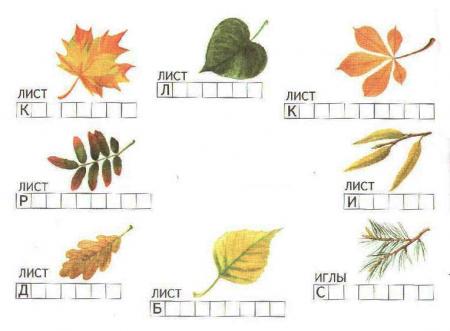Leaf fall or seasonal change of leaves is a biological process for plants, during which they shed foliage from branches so as not to die during the cold season, as well as drought.
The shedding of leaves by bushes and trees is a natural process. It is important both for the plants themselves and for the soil in which they grow.
Seasonal change of plant leaves

Leaf fall for trees is a logical end to the seasonal growth cycle and a way to successfully survive the winter. In temperate regions, it is frosty. The topsoil and accumulated moisture freeze through. As a result, the plant cannot collect enough water by the root system. If the leaves remained on the branches, moisture would continue to evaporate from their surface, albeit not so intensively due to low temperatures, shrubs and trees would dry out.
In winter, a large amount of precipitation falls in the form of snow. The latter sticks to the branches. Given the presence of leaves, the mass of adhering snow would be significantly larger, the branches of trees and bushes would break off under an unusual weight.
Fallen leaves from trees and bushes, as well as needles, form a vegetation cover at the root system of trees, which is a natural defense against winter frosts. Closer to spring, with gradual thawing of the soil and with precipitation in the form of rain, all fallen leaves rot, acting as a fertilizer for the soil and a source of nutrients for plants.
In regions with a subtropical climate, leaf fall is evidence of drought. Trees shed their leaves due to lack of water. Often this happens in the summer, in July-August.
The process of changing the leaves of plants and trees
![]()
Deciduous shrubs and trees shed their leaves in autumn. It depends not so much on the calendar, but on the change in daylight hours and air temperature. For plants, autumn comes when the temperature is set at 15 degrees Celsius and below.
Before shedding foliage, plants accumulate minerals and nutrients in the trunk and branches, taking everything from the leaves. The need for photosynthesis disappears, and the foliage changes color. The circulation of juice through the branches slows down, the leaves that do not receive nutrition begin to fall off.
Coniferous trees also change their needles. Due to the small area of moisture evaporation from them, as well as a special wax coating, which additionally slows down this process, plants do not need to shed their needles at once. This process occurs gradually and imperceptibly to the human eye.
Houseplants, for the most part, do not shed their leaves. This is typical for shrubs and fast-growing species, but it occurs gradually and does not affect the appearance of plants.
If an indoor plant shed its leaves, the conditions for its cultivation were violated: the irrigation regime was not observed, installation in a dark place, or, conversely, under direct sunlight, etc.
Leaf fall on different trees

(Drawing task: What tree does the leaf belong to?)
The period of beginning and end of leaf fall of plants in different regions is different, which depends on climatic features. But there is a pattern in the order of dropping foliage by different types of trees and shrubs.
Birch and linden are the first to lose foliage. In Transbaikalia, by the first days of October, the trees are completely bare.
Next in line are poplar, oak, maple. On average, this process begins in mid-September, and by the 10th of October, the trees also completely shed their foliage. Among the deciduous trees, the apple tree is the last to part with its foliage. It happens that when frost sets in, rare leaves still remain on the branches.
The rowan is the last of all deciduous plants to fall. There is even a popular belief that frost should be expected a few days after the main part of the foliage has fallen.







